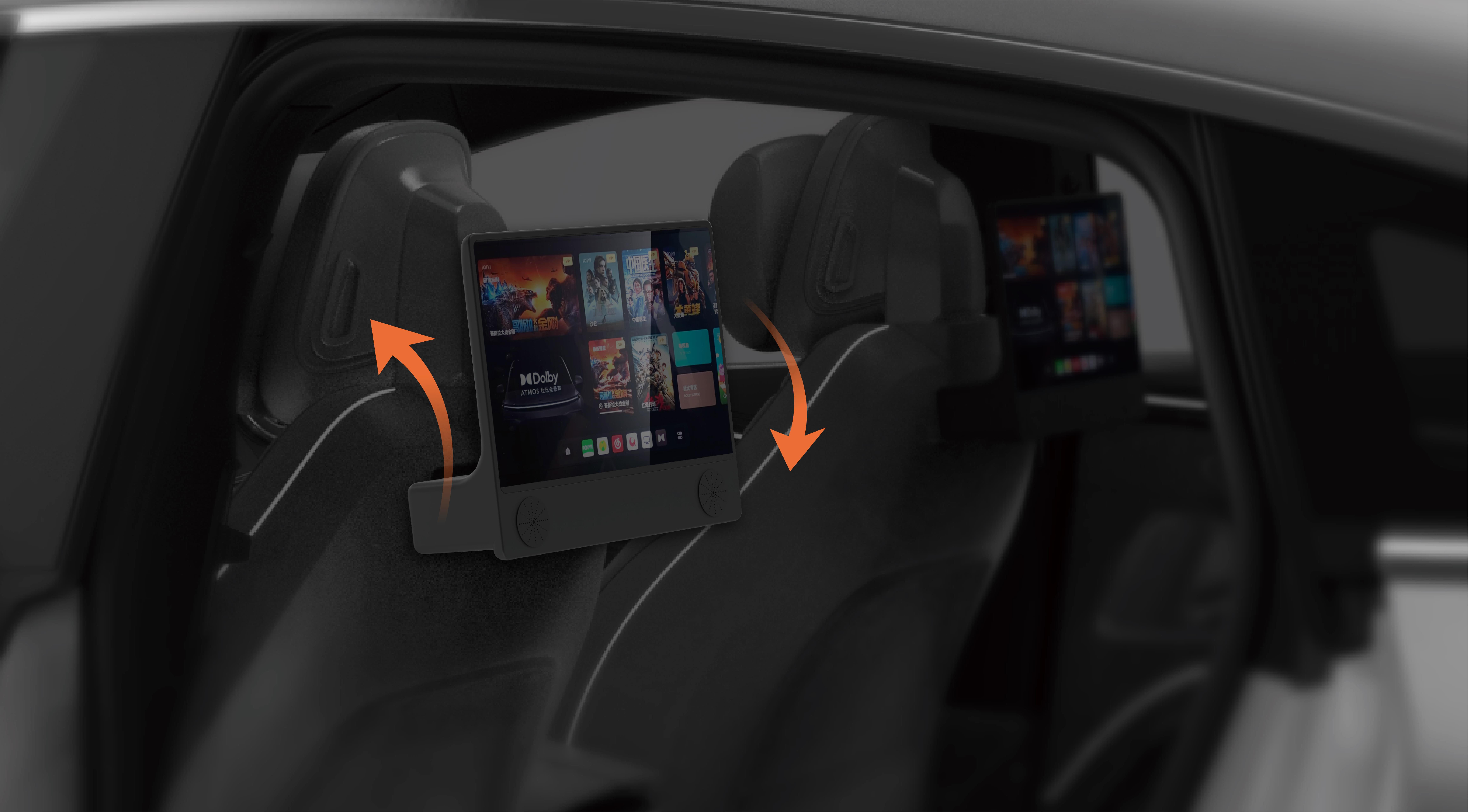Dive into the world of modern software architecture, where microservices shine as the game-changer. If you’ve ever felt overwhelmed by monolithic systems that get slower and fuzzier as they grow, then a domain-driven approach might just change your perspective. Enter domain-driven architecture, the secret sauce that helps translate complex business needs into a sleek, scalable microservices environment.

Imagine this: you’re trying to build a platform that handles everything from user management to payment processing. Traditional monoliths make updates a nightmare — breaking one piece risks crashing the whole system. But with microservices, each piece is independent, like puzzle pieces that fit together but can be swapped or upgraded without disturbing the whole picture. Here’s where domain-driven design comes in — it’s the map that guides you to carve out perfectly sized, focused services that reflect real business domains, not some jumbled mess of features.
Why is DDD so attractive? Because it aligns technical solutions tightly with business realities. You get clear boundaries, which means fewer misunderstandings between teams and faster development cycles. If someone asks, “Does this microservice really fit within the domain?” — the answer should be a firm yes, because each microservice is built around a specific domain concept that makes sense on its own. That’s like designing a kitchen where every tool has its place — it feels natural, efficient, and ready to handle the dish you want to make.
But how does this help in day-to-day operations? Simple: smoother updates, easier maintenance, and more room for innovation. Instead of a giant, unwieldy system, you have a constellation of well-defined microservices communicating through APIs. When regulations change or customer needs shift, you can tweak just the relevant parts without a full system overhaul. It’s like replacing a worn-out gear without having to reassemble the entire clock.
Think about the challenges — integration complexity, data consistency, deployment headaches. Domain-driven architecture keeps those in check by focusing on bounded contexts and clear boundaries. It encourages a thoughtful decomposition of your system, which means you’re not just throwing services together but designing a robust ecosystem that mimics how your business really works.
Getting technical? Sure, but it’s not just about code. It’s about strategy. A well-implemented DDD can turn a chaotic set of microservices into a cohesive, flexible architecture. The trick is identifying core domains that drive revenue, differentiating them from supporting functions, and then translating those into microservices. That’s the key to a scalable, resilient system that adapts and grows.
Switching to domain-driven microservices isn’t just a tech upgrade; it’s a mindset shift. Whether you're aiming to reduce operational risks or accelerate time-to-market, aligning your system design with business domain models creates a powerful momentum. Ultimately, it’s about building an ecosystem that understands your company’s unique language, adapts to future changes, and stands out in a crowded digital landscape.
Established in 2005, Kpower has been dedicated to a professional compact motion unit manufacturer, headquartered in Dongguan, Guangdong Province, China. Leveraging innovations in modular drive technology, Kpower integrates high-performance motors, precision reducers, and multi-protocol control systems to provide efficient and customized smart drive system solutions. Kpower has delivered professional drive system solutions to over 500 enterprise clients globally with products covering various fields such as Smart Home Systems, Automatic Electronics, Robotics, Precision Agriculture, Drones, and Industrial Automation.




































